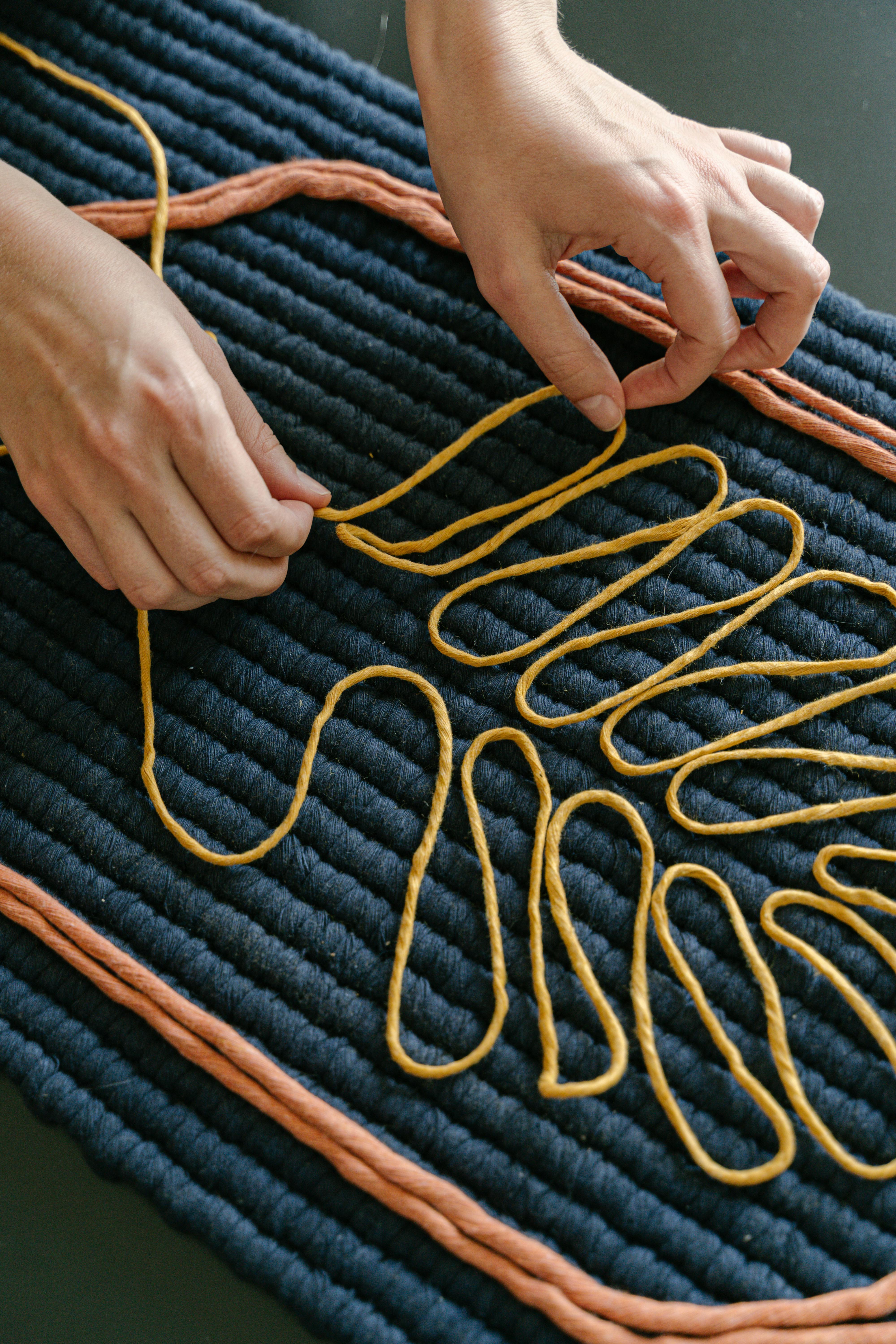Essential Guide to Male vs Female Crab: Understand Differences in 2025

Essential Guide to Male vs Female Crab: Understand Differences in 2025
Understanding the differences between male and female crabs is essential for anyone interested in marine biology, crab fishing, or simply enjoying these fascinating creatures. Crabs are a diverse group of crustaceans found in various habitats, from freshwater to marine environments. This guide will delve into crucial aspects such as crab anatomy, reproductive differences, behavior, and identification techniques, ultimately enhancing your appreciation for these remarkable animals.
Moreover, recognizing the distinctions between male and female crabs can significantly impact crab-fishing success and breeding practices within aquaculture. As we explore these aspects, you'll also gain insight into the ecological role of crabs, their conservation, and their relevance in culinary traditions worldwide. Understanding these elements prepares us for a more profound exploration of crab biology and its implications.
This article will guide you through the key differences in anatomy, reproductive strategies, sizes, and behaviors of male and female crabs. We'll also cover how their variations influence their roles in ecosystems and commercial markets.
Key Takeaways:
- Understanding sexual dimorphism in crabs
- Identifying common crab species and their habitats
- Insights into crab breeding and conservation efforts
Sexual Dimorphism in Crabs: What to Look For
Sexual dimorphism in crabs refers to the differences in size and morphology between males and females. These distinctions are crucial for crab identification, particularly in commercial fishing and aquaculture. Male crabs typically exhibit larger claws, which they use for fighting and attracting females during mating season. For example, male Dungeness crabs have notably larger claws compared to their female counterparts.
In contrast, female crabs often possess a broader and rounder abdomen, designed to carry eggs. This feature is especially pronounced in species like the blue crab, where the female's belly is flared to accommodate its brood. Observing these variations helps in recognizing species and understanding their reproductive roles.
Additionally, coloration can vary between sexes in certain species. Male crabs may exhibit vibrant colors to attract mates, while females are generally more subdued than males. Understanding these physical traits can enhance observation and research efforts related to crabs.
Building on the concept of sexual dimorphism, it’s essential to explore the behavioral differences that arise from these anatomical features.
Identifying Male and Female Crabs
The identification of male and female crabs can be a straightforward process once you know the key features of each sex. Start by looking at the shape of the abdomen. In most crab species, including the red crab and European crab, females have a wider, more rounded abdomen compared to males. This shape is vital for egg brooding.
Another identification method involves observing claws. Male crabs generally have larger, more robust claws, which they utilize for assertive behaviors during mating displays. Notably, the differences in claw size serve a dual purpose: in addition to mate attraction, they are also utilized for defense against predators.
Furthermore, the coloration differences can also provide insights into the sex of the crab. While not all species exhibit drastic color variations, males often sport brighter colors, especially during the mating season. Pay attention to seasonal behaviors as well—males are usually more aggressive and territorial.
Equipped with this knowledge, observing the variations in crab species can become a rewarding exercise.
Crab Sizes and Growth Patterns
Understanding crab sizes is integral to identifying male and female crabs. Typically, male crabs tend to grow larger than females across various species, which is particularly notable in species such as the king crab. This size differential often plays a significant role in mate selection and competition for resources.
Growth patterns also vary widely among crab species. For instance, blue crabs have a rapid growth phase, reaching maturity within a couple of years, whereas king crabs may take up to seven years to mature. This growth timeline impacts commercial crab fishing, with fishermen often targeting larger males during their peak.
Another aspect of growth involves diet and habitat; crabs that live in nutrient-rich environments tend to grow larger and healthier, positively affecting their market value. This complexity in growth patterns emphasizes the need for sustainable fishing practices to ensure healthy crab populations.
As we transition to behaviors exhibited by male and female crabs, we further our understanding of their ecological roles.

Behavioral Differences Between Male and Female Crabs
Crab social behavior can differ substantially between the sexes. Male crabs often exhibit territorial and aggressive behaviors as they compete for mates and resources. They may engage in physical altercations to establish dominance and attract females, especially during mating seasons.
In contrast, female crabs usually display a more nurturing behavior, especially when carrying eggs. Their focus on brood care entails hiding from predators and ensuring the safety of their larvae once they hatch. This behavioral distinction mirrors their physical adaptations and roles in crab ecology.
Additionally, male crabs may engage in courtship displays that involve elaborate movements and claw waving, aiming to impress females. On the other hand, female crabs may be more selective in choosing their mates based on these displays, further indicating sexual selection in crab populations.
Moreover, understanding these behavioral differences contributes to better crab fishing techniques. Fishermen can implement strategies aligned with the natural behaviors of crabs, enhancing their catch efficiency while ensuring sustainability.
The Mating Rituals of Crabs
Mating rituals of crabs are diverse and often complex. Male crabs typically initiate courtship by employing visual displays, such as claw waving and other movements to catch the attention of females. These displays are not just about attraction; they're a demonstration of strength and health, which are key factors in female choice.
Once the female selects a mate, they engage in a series of behaviors indicating readiness to mate. Males often follow females closely, and this behavior can last for days before actual mating occurs. During this courtship period, the male might use pheromones to allure the female, highlighting the intricate communication methods employed by crabs.
After successful mating, the female carries the fertilized eggs on her abdomen until they are ready to hatch, which can vary significantly between species. Understanding these unique mating practices allows researchers to better appreciate crab reproduction and conservation needs.
Crab Reproductive Strategies and Lifecycles
The reproductive strategies of crabs play a critical role in the stability of their populations. Female crabs typically produce thousands of eggs, often reaching up to two million in some species, such as the blue crab. This high output ensures that, despite predation and environmental conditions, some offspring survive to maturity.
Crab lifecycles involve several stages, including larval and juvenile phases, each playing a significant part in the overall population dynamics. The larval stage is particularly vulnerable to predation but essential for dispersing species to new habitats.
Interestingly, the timing of reproduction can be influenced by environmental factors like temperature and food availability. Many crabs time their spawning with the lunar cycle to enhance larval survival. Understanding these reproductive strategies informs conservation efforts, as protecting breeding grounds becomes critical for maintaining sustainable crab populations.

Crab Conservation and Ecological Significance
Crabs play a crucial role in coastal and marine ecosystems, acting as both predators and prey. Their ecological significance cannot be overstated; crabs help maintain the health of marine habitats by participating in nutrient cycling and serving as bioindicators for environmental quality. Conservation of crab populations is vital for sustaining biodiversity within these ecosystems.
However, human activities such as overfishing, habitat destruction, and climate change threaten crab populations globally. Effective management practices, including regulated fishing seasons and habitat protection, are essential to ensure crab species can thrive. Additionally, promoting aquaculture practices that adhere to sustainability principles can help alleviate pressure on wild populations.
The economic value of crabs is also significant, influencing fishing communities and culinary traditions worldwide. Preserving healthy crab habitats and populations ensures that future generations can appreciate and benefit from these remarkable creatures.
Factors Affecting Crab Populations and Biodiversity
Several factors influence crab populations and the biodiversity of crab species. Overfishing remains a leading cause of population decline, particularly in commercially significant species like the king crab and Dungeness crab. Monitoring crab populations through scientific research can reveal trends over time and highlight areas requiring conservation efforts.
Environmental factors such as habitat destruction, pollution, and climate change also markedly impact crab habitats and their ability to thrive. Coastal development and pollution can obliterate critical breeding grounds, while rising ocean temperatures affect spawning and survival rates.
Community involvement in crab conservation, such as participating in crab festivals and engaging in local fisheries management, helps foster a sense of stewardship over these vital resources. Efforts to educate the public about the importance of crabs in the ecosystem and culinary contexts can lead to behavioral changes that promote sustainability.
Conclusion: Understanding the Male vs Female Crab Dynamics
Understanding the differences between male and female crabs provides invaluable insights into crab biology, ecology, and conservation. Recognizing the distinctive anatomical and behavioral traits of each sex enriches our comprehension and appreciation of these fascinating crustaceans. Through conservation initiatives and responsible fishing practices, we can ensure the sustainability of crab populations for future generations.
FAQs About Male and Female Crabs
What are the main distinguishing features of male and female crabs?
The primary distinguishing features include the shape of the abdomen, with females typically having a broader shape for egg carrying, while males have larger claws for competition and defense.
How does sexual dimorphism affect crab behavior?
Sexual dimorphism impacts behaviors such as aggression, territoriality in males, and brood care in females, affecting their roles in reproduction and ecosystem dynamics.
Why is crab conservation important?
Crab conservation is vital for maintaining biodiversity, ensuring healthy ecosystems, and supporting economies that rely on crab fishing and aquaculture.
```